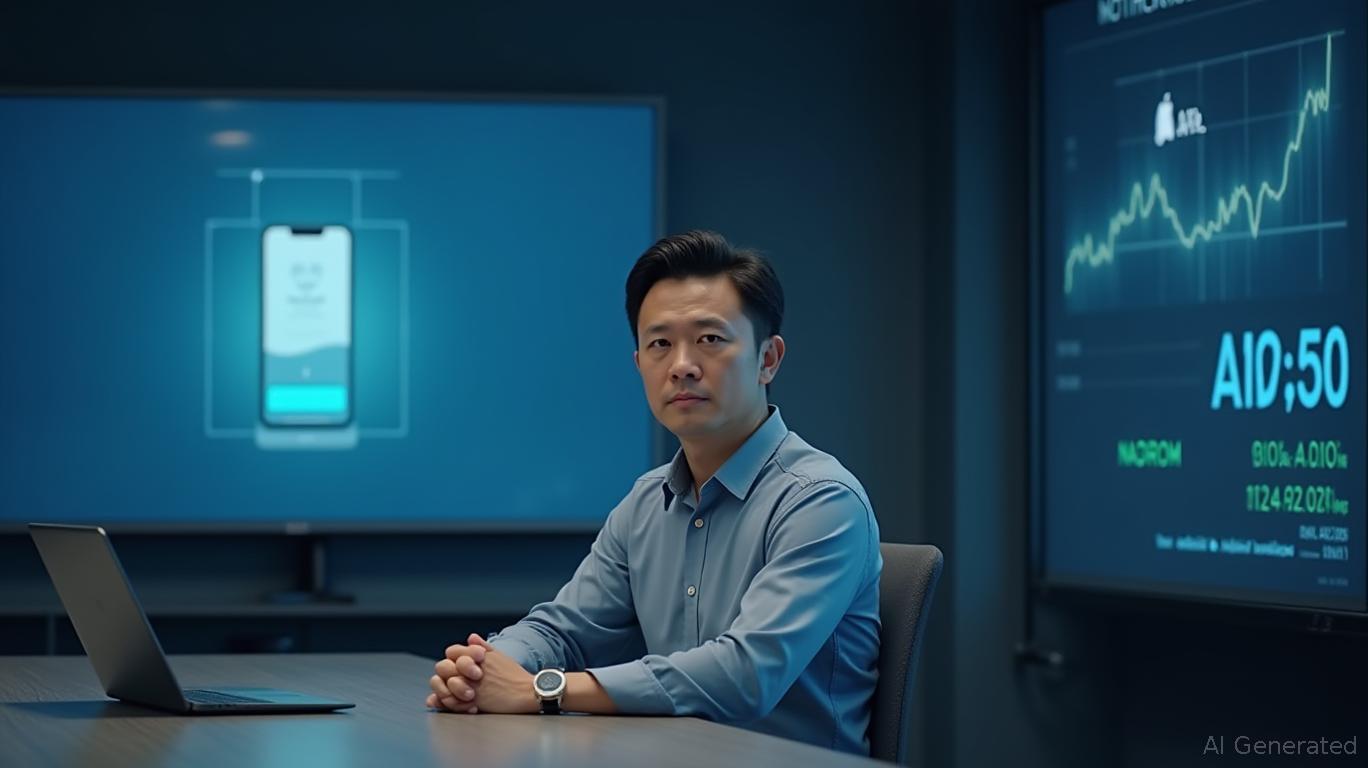Blue Bird (BLBD) Q1 Earnings: Navigating Transition with Strong Fundamentals
Blue Bird Corporation (NASDAQ: BLBD) delivered a mixed but strategically significant performance in its fiscal Q1 2025 results, balancing near-term headwinds with long-term opportunities in the electric school bus market. The February 5 earnings call highlighted the company’s resilience in traditional markets while laying groundwork for a cleaner, more sustainable future. Here’s what investors need to know.
Ask Aime: "Understanding Blue Bird Corporation's Q1 2025 Performance and Its Impact on the Electric School Bus Market"
The Quarter in Numbers
Blue Bird reported net sales of $313.9 million, a 1.2% decline year-over-year, driven by a 1.9% drop in average sales price per unit. This decline stemmed from a shift in product mix, as internal combustion engine (ICE) buses—which command lower prices than electric models—accounted for 94% of Q1 sales. Despite this, the company’s adjusted EBITDA of $45.8 million (15% margin) aligns with its full-year guidance of $200 million, signaling operational discipline. Net income rose to $28.7 million, aided by $2.6 million in emission credits, while adjusted free cash flow improved by $23 million year-over-year to $21.8 million.
Key Drivers and Strategic Shifts
1. Electric Vehicle Momentum: Blue Bird sold 130 EV buses in Q1, exceeding internal targets, and now holds an EV backlog of ~1,000 units. This represents a 37% increase from the prior-year backlog, underscoring growing demand for zero-emission school buses. The company attributes this to federal and state incentives like the Clean School Bus Program, which provides grants to replace older diesel buses.
2. Backlog Strength: The total order backlog of 4,400 units—equivalent to six months of production—suggests robust demand across both ICE and EV segments. Management emphasized that 70% of the backlog is tied to 2025 deliveries, providing visibility for revenue growth.
3. Margin Pressures: Gross profit fell 5% year-over-year due to lower sales volume and margin compression from inflation and labor costs. However, adjusted net income rose 6% to $30.6 million, reflecting cost controls in non-production areas.

Investor Takeaways
- Valuation and Guidance: Blue Bird’s reaffirmed full-year revenue guidance of $1.4–1.5 billion and an adjusted EBITDA target of $200 million (14% of revenue) suggests management’s confidence in stabilizing margins. With $280 million in liquidity, the company is well-positioned to fund EV production and R&D.
- EV Adoption Risks: While EVs are critical to long-term growth, their lower sales volumes and higher upfront costs remain a near-term drag on margins. Investors should monitor whether federal incentives can offset these costs as production scales.
- Competitive Landscape: Blue Bird faces competition from firms like Lion Electric and Thomas Built (part of Navistar), but its legacy brand recognition and dealer network provide a moat in the school bus market.
Conclusion: A Transition Worth Watching
Blue Bird’s Q1 results reflect a company navigating a deliberate pivot from traditional ICE buses to EVs. While current profitability remains anchored in its core business, the 1,000-unit EV backlog and 4,400-unit total backlog signal a clear path to growth. The stock’s year-to-date performance—up 28% as of February 6—suggests investors are pricing in this transition.
Crucially, Blue Bird’s reaffirmed $200 million adjusted EBITDA target for 2025 (up 17% from 2024’s $171 million) provides a measurable milestone. If the company can sustain ICE profitability while scaling EV production, it could emerge as a leader in the $10 billion U.S. school bus market’s green transformation. For now, the results affirm that Blue Bird is driving toward its future—without losing sight of today’s bottom line.

_e45148e31749146201654.jpeg)








